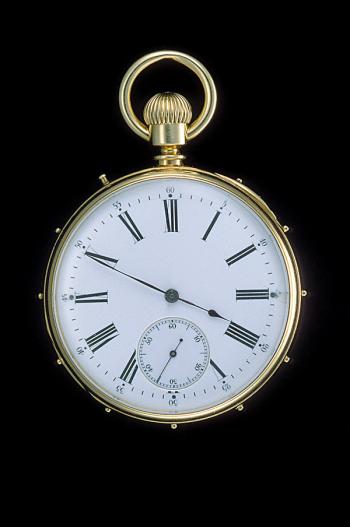
Ocular inflammation: When to drug, when to plug
Combing through diagnostic information and inflammation measurements gives ODs the tools to create targeted approaches to dry eye treatment, including when to drug and when to plug
The advancements in the understanding of ocular surface disease (OSD) diagnosis and treatment has been tremendous over the last decade. Novel molecules to control inflammation, in-office procedures for meibomian gland dysfunction (MGD), and advancements in diagnostic technologies are come highlights.
Traditional therapies have been overlooked in light of newly available therapies. This group of therapies includes punctal occlusion.
We wondered if punctal occlusion still has a role in the contemporary care of the patient with ocular surface disease and specifically dry eye disease.
Punctal occlusion
Traditional wisdom on the management of dry eye disease says to utilize punctal occlusion after the tear film and ocular surface is rehabilitated by reducing inflammation. Traditional therapeutic strategies involve using a topical therapeutic agent that reduces inflammation. Then, tear retention is increased through the process of reducing tear drainage with punctal occlusion. The challenge was understanding when inflammation levels dropped to an appropriate point to then perform punctal occlusion.
As we learned more about the etiology of dry eye disease (DED), we realized that although reduction in ocular surface inflammation is critical to managing dry eye, meibomian gland dysfunction contributes to DED in many patients.
Advances in ocular surface inflammation detection provide guidance to better target treatments. ODs currently have the means to clinically measure inflammation levels on the surface of the eyes. InflammaDry (Quidel) is a point-of-care test that allows for the detection of matrix metalloproteinase 9 (MMP-9) greater than 40 ng/mL. MMP-9 is a non-specific inflammatory marker that is known to be elevated in patients with dry eye.1,2
Inflammation scale
We presented information in 2016 on levels showing that signal strength of InflammaDry is directly related to the concentration of MMP-9 on the surface of the eye.3 See Figure 1. At that time, we proposed a 5-point scale to measure inflammation levels from the lowest to highest levels as follows:
1. Negative
2. Trace positive
3. Weak positive
4. Positive
5. Strong positive
This scale provides clinical guidance on the level of improvement or worsening of the inflammation on the ocular surface at the time of diagnosis and during treatment efforts. There is a wealth of information that can stem from this starting point, which may help determine the most appropriate course of treatment for patients with dry eye.
Patient examples
Patients who experience significant dry eye symptoms and have MGD measuring positive with InflammaDry are best served when their ODs treat the condition during an in-office procedure and determine the effects on symptoms, inflammation levels, and gland function. When an individual shows significant dry eye symptoms with positive Inflammadry findings in the absence of blepharitis or MGD, we find the best course of treatment starts with a pharmaceutical agent to improve inflammation levels and symptoms. In each situation, the treatment goal is to reduce inflammation levels and improve ocular surface signs and symptoms.
Punctal plugs
When patients return for follow-up with reduced inflammation, improved signs, and a continuation of symptoms, adding punctal plugs may be warranted. Once the underlying inflammation is reduced, punctal occlusion can provide an effective way to retain tears on the ocular surface.
More individuals are spending increased time on computers and digital devices than in years past. As a result, an increased number of patients need artificial tears in order to stay comfortable. ODs may see an absence of active disease but altered environmental stressors which can create challenges for the ocular surface. In the absence of inflammation and lid margin disease, including MGD, patients may benefit from punctal plugs to help retain the tears their eyes are producing.
Combing through diagnostic information and inflammation measurements gives ODs the tools to create targeted approaches to dry eye treatment, including when to drug and when to plug.
References
1. Lanza NL, Valenzuela F, Perez VL, Galor A. The matrix metalloproteinase 9 point-of-care test in dry eye. Ocul Surf. 2016;14(2):189-95. doi: 10.1016/j.jtos.2015.10.004
2. Chotikavanich S, de Paiva CS, Li de Q, et al. Production and activity of matrix metalloproteinase-9 on the ocular surface increase in dysfunctional tear syndrome. Invest Ophthalmol Vis Sci. 2009;50(7):3203-9. doi: 10.1167/iovs.08-2476
3. Brujic M, Kading D. Making matrix metalloproteinase-9 levels more meaningful. Poster presented at: Global Specialty Lens Symposium; January 21-24, 2016; Las Vegas.
Newsletter
Want more insights like this? Subscribe to Optometry Times and get clinical pearls and practice tips delivered straight to your inbox.



















































.png)


